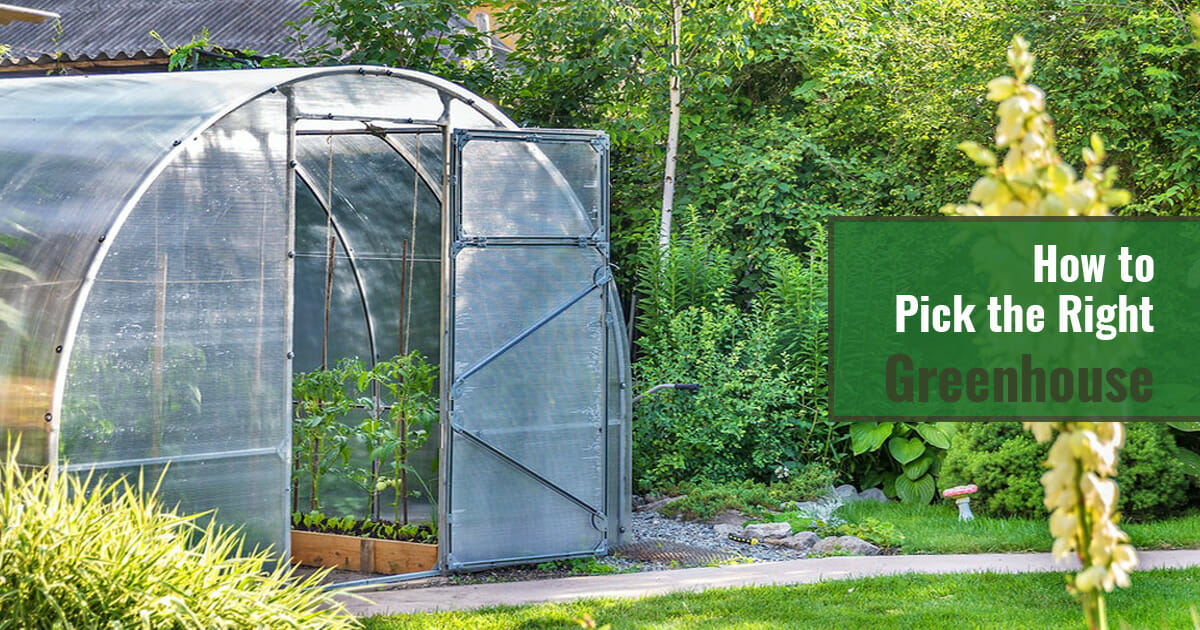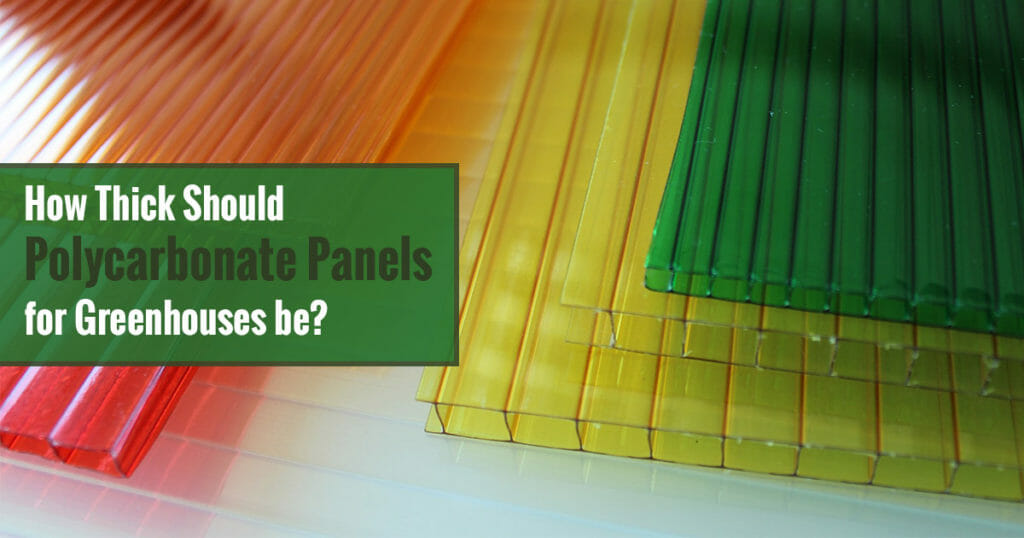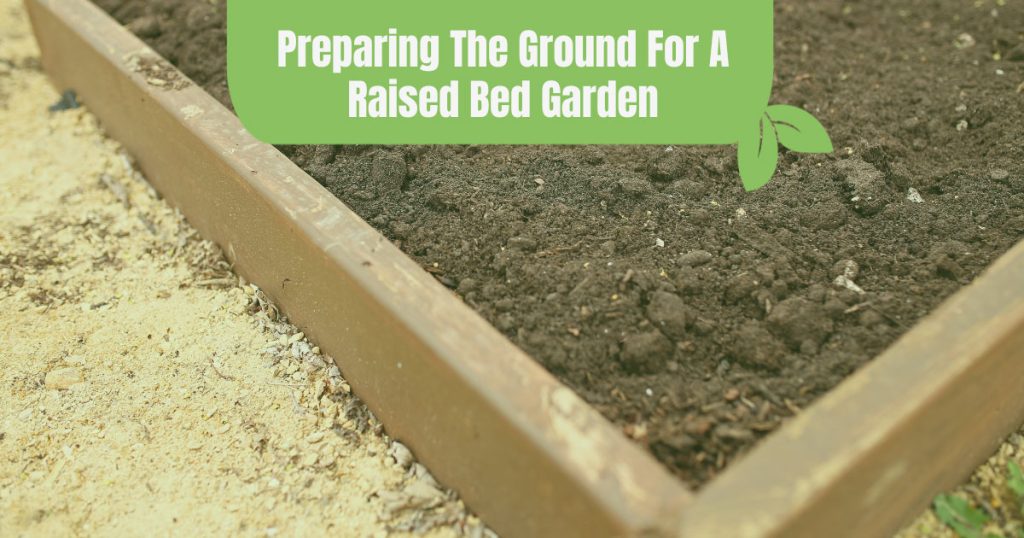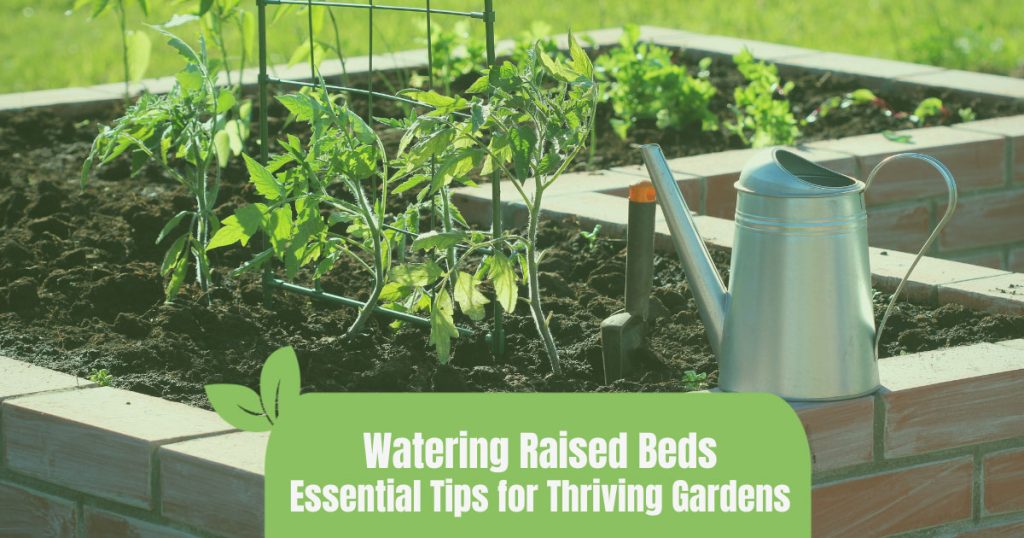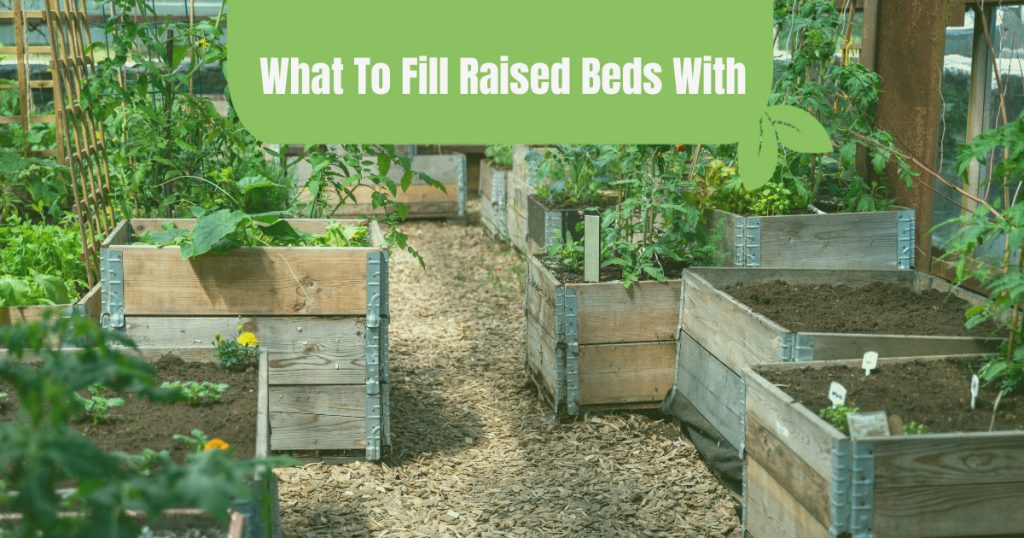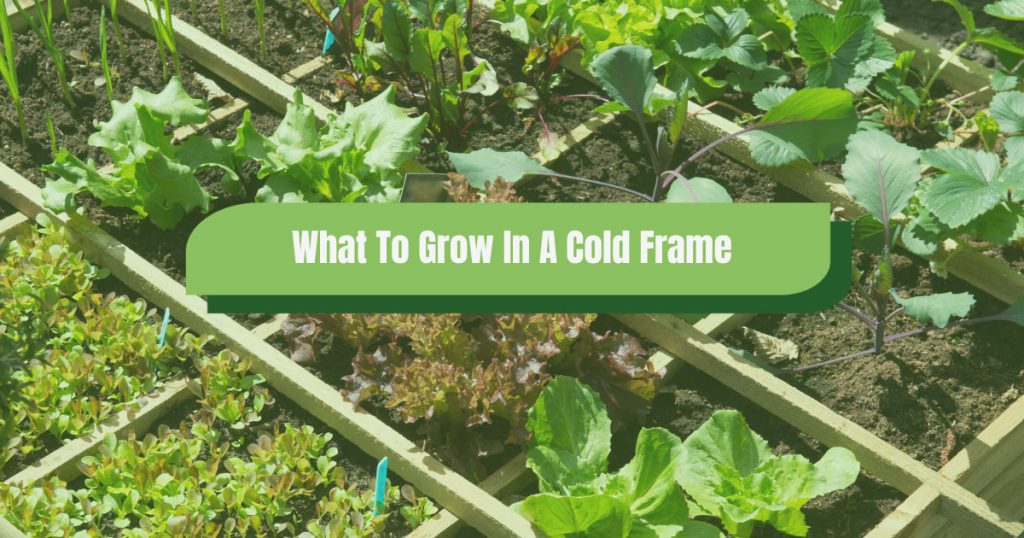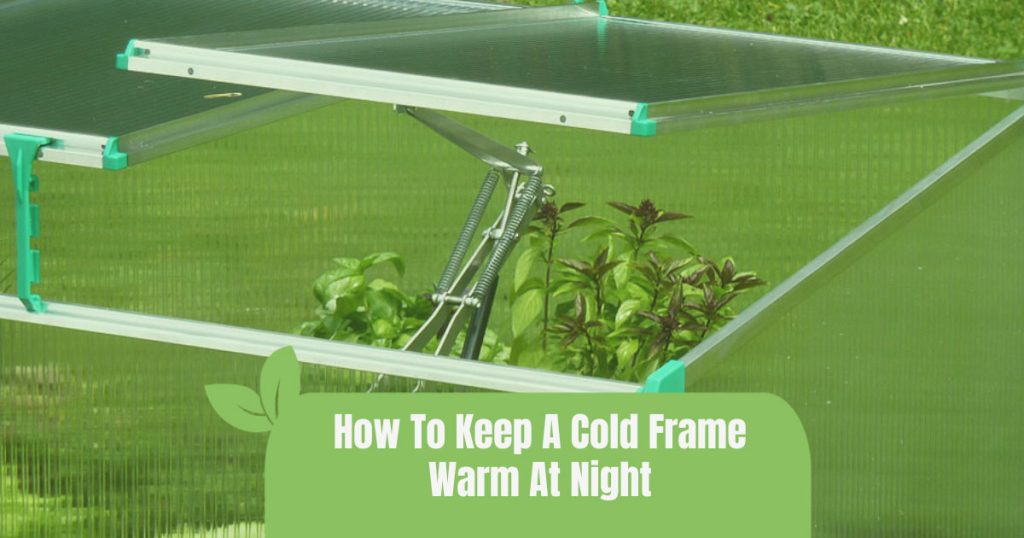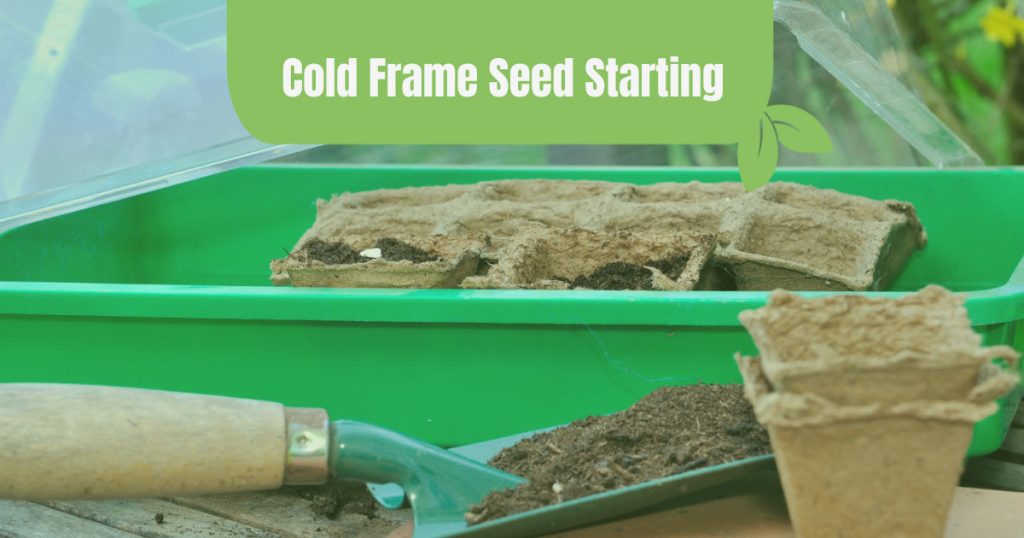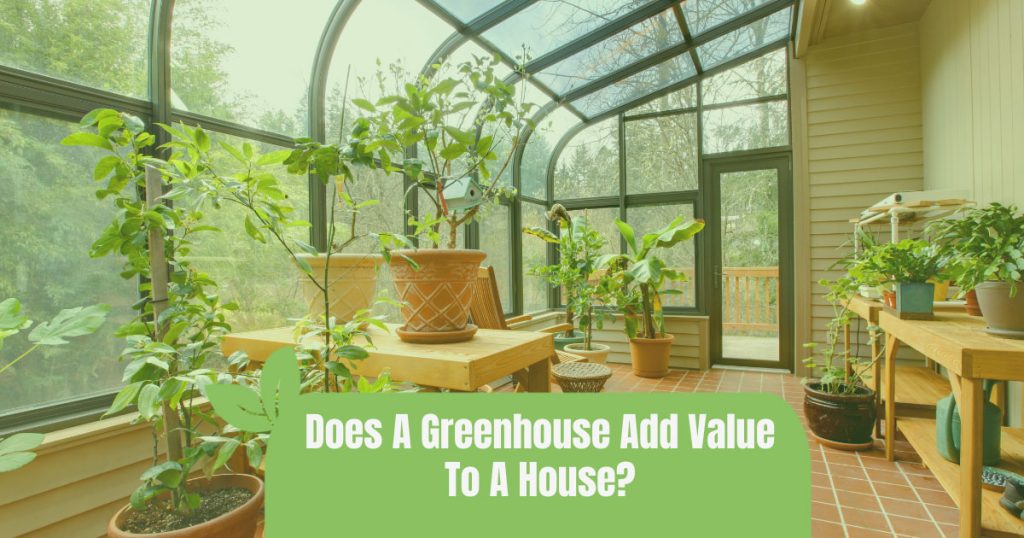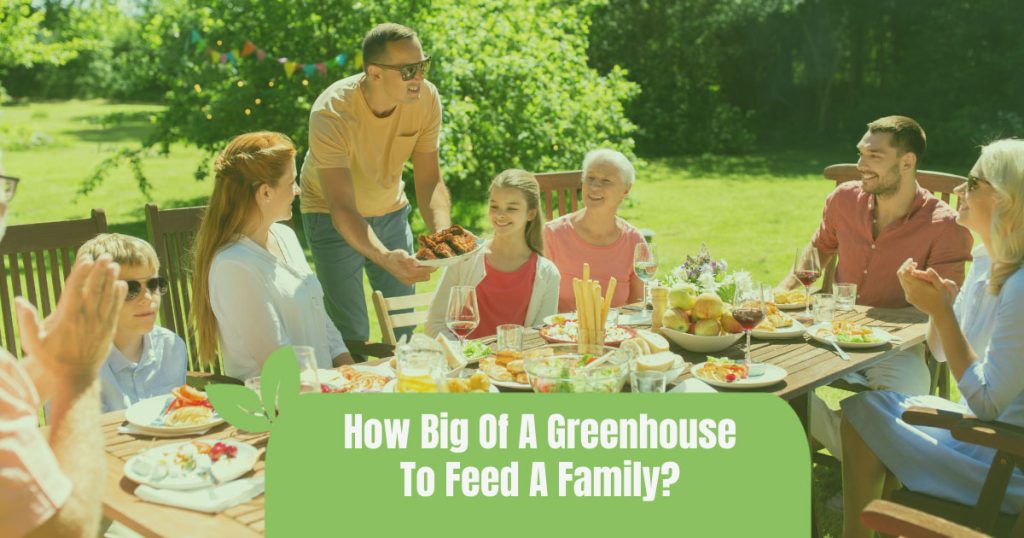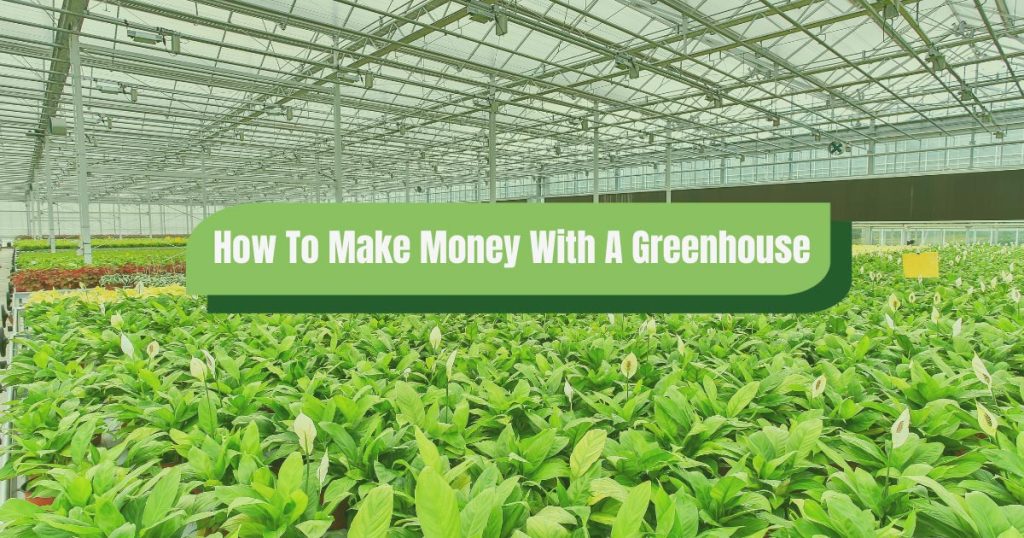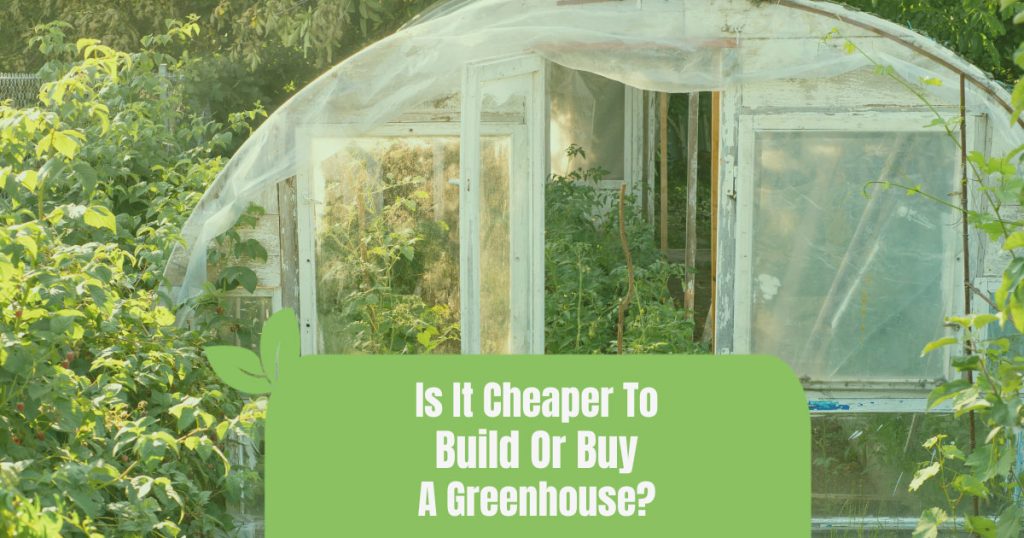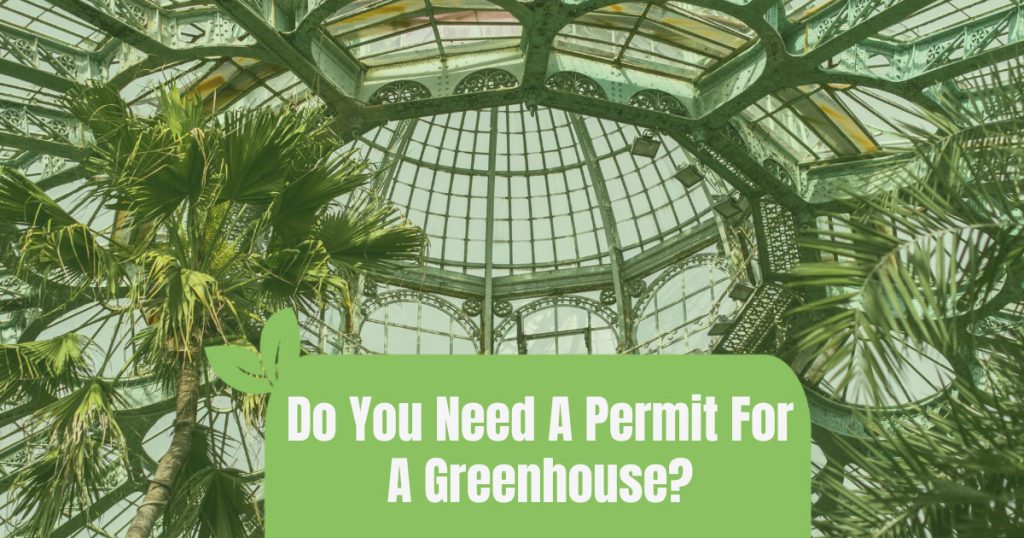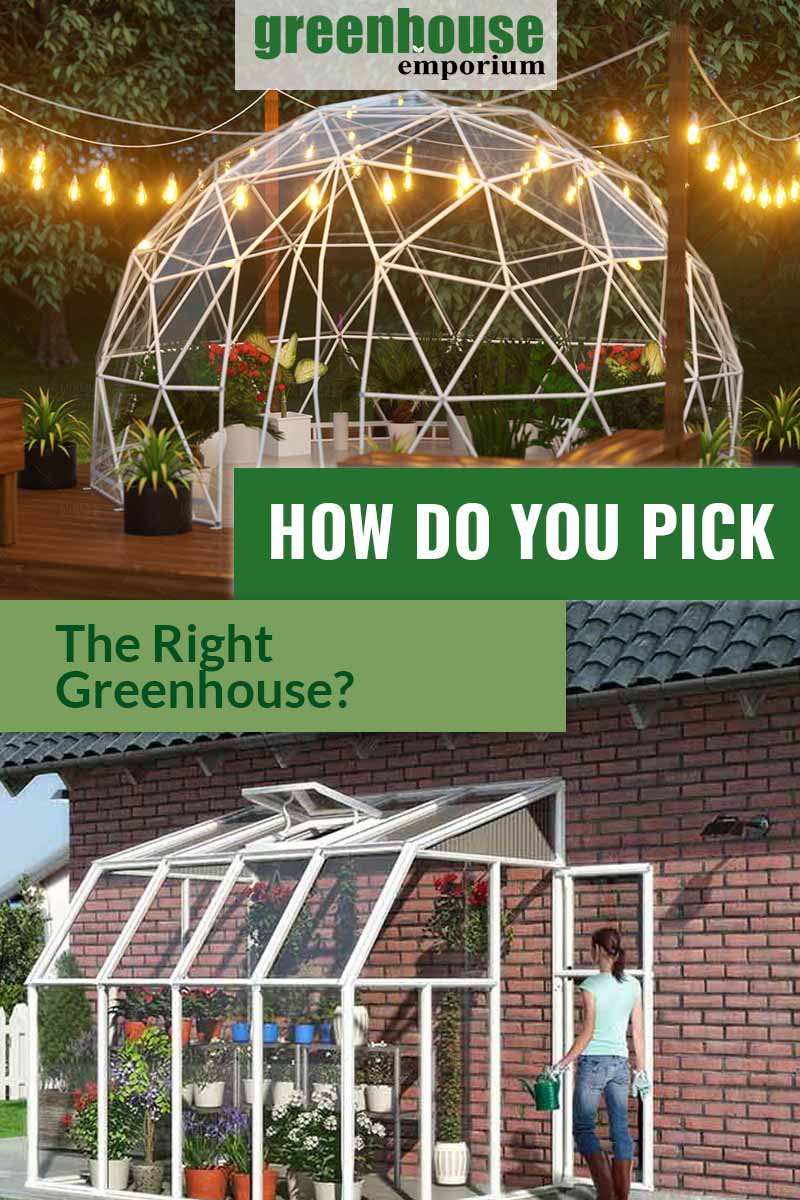
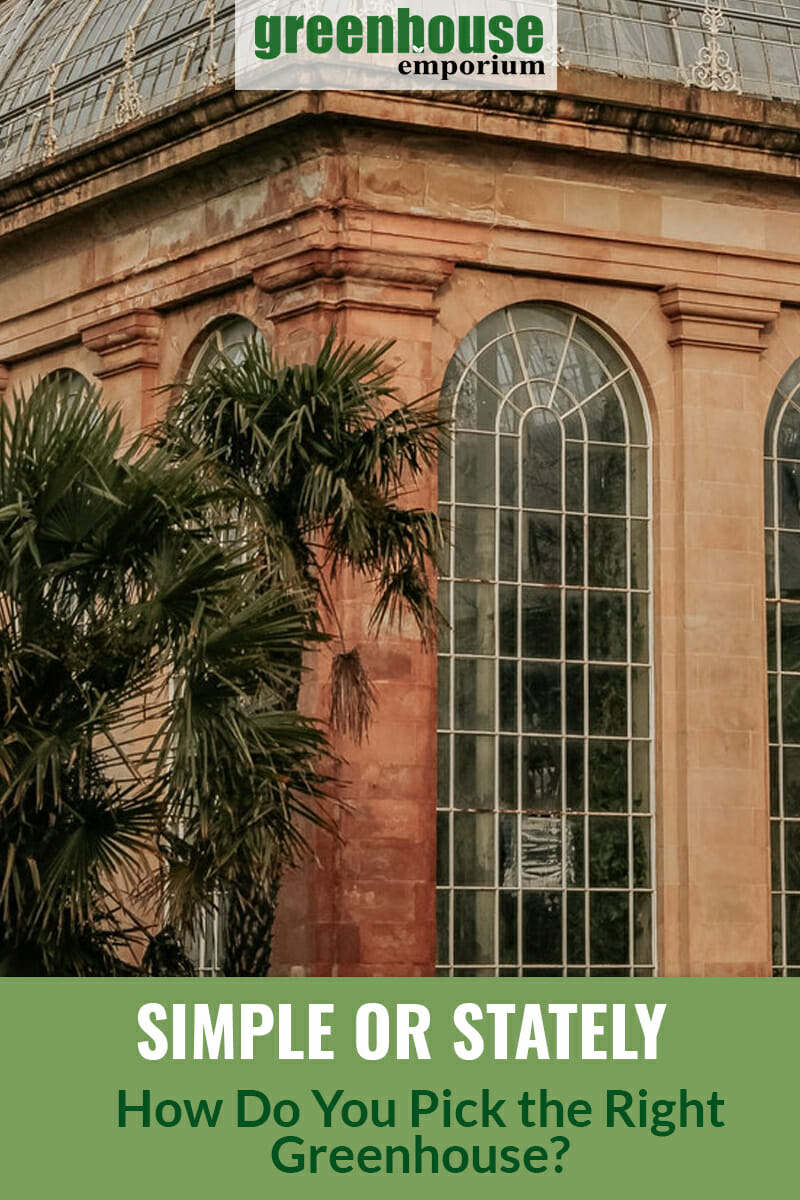

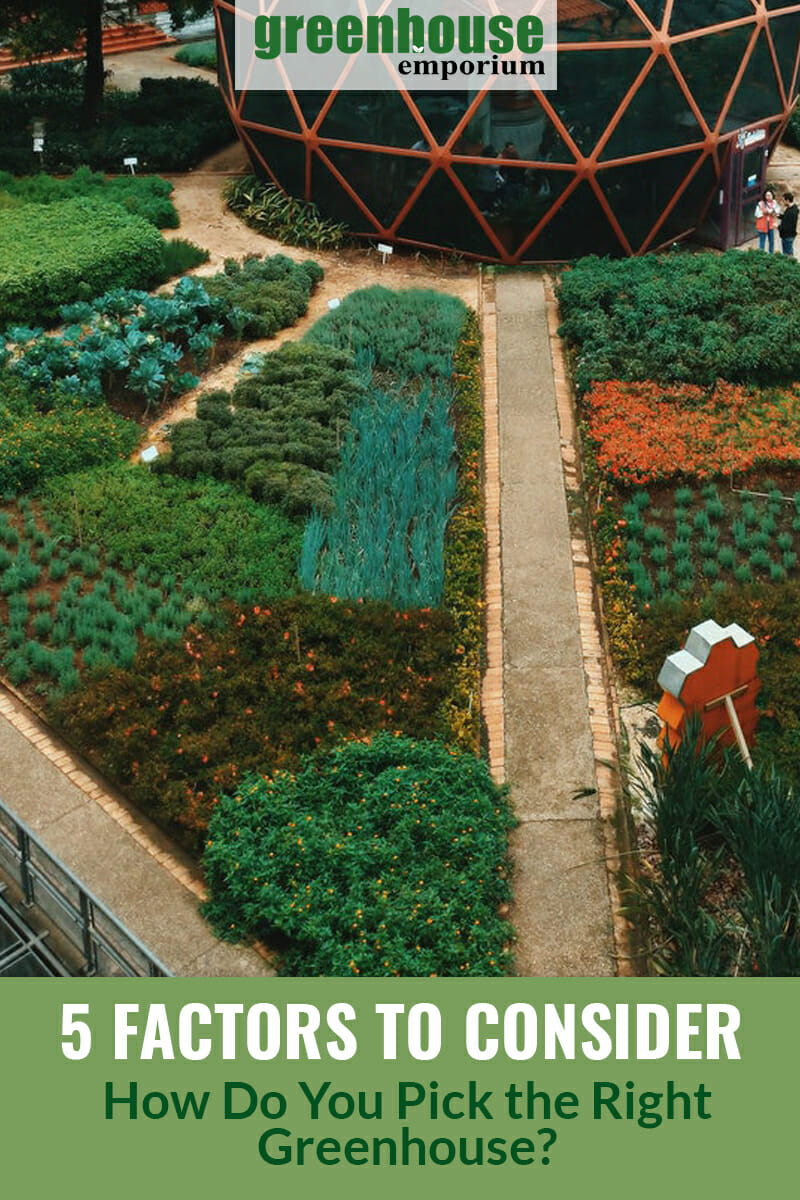
Greenhouse growing has always been something that every gardener can benefit from, including you! If you’re a hobby gardener looking to make all of your gardening dreams come true, a greenhouse can help. Whatever your needs, there’s a greenhouse out there for you, and we’ll help you find it.
If you’re thinking of putting up a greenhouse, it can be a daunting process. We generally suggest avoiding building one yourself unless you’re particularly handy. But now you’re looking at the options available on the market and you notice that there are so many available!
Don’t worry, that’s what we’re literally here for. In this guide, we’ll walk you through the process of picking the right greenhouse. When you consider factors such as your climate, growing needs, and budget, you’ll have a much better idea of the kind of greenhouse you should get. So what are you waiting for? Keep reading to find the perfect greenhouse today!
If you want to dive deeper into these factors, we have a practical eBook guide that goes over all the pre-purchase considerations in more detail! It even comes with a little worksheet: fill it out with your own details and thoughts so that you can make the best decision based on your unique situation. Check it out here!
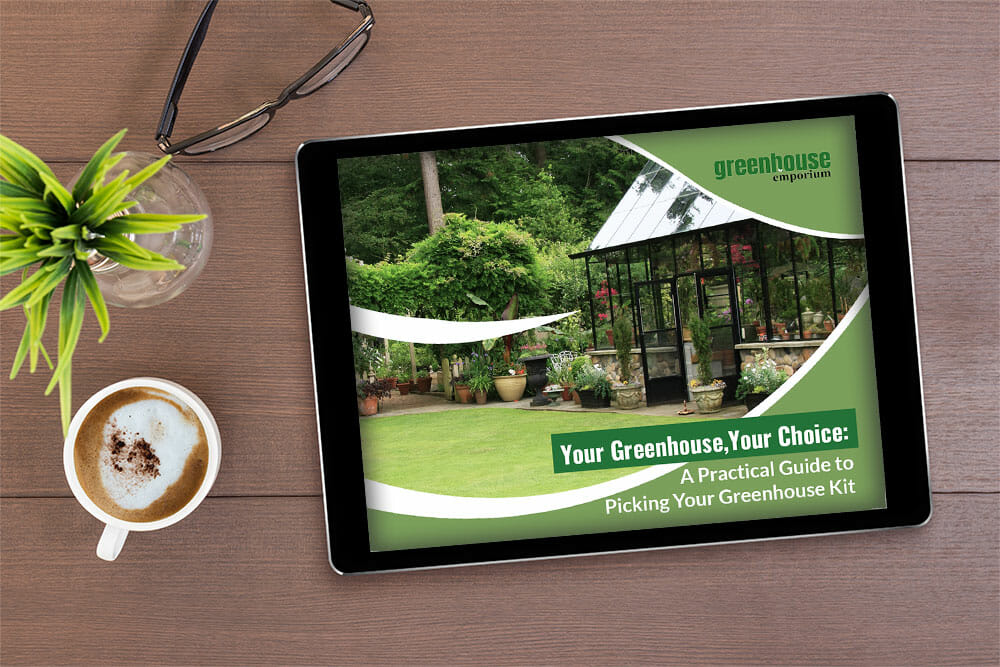
5 Factors to consider when picking a greenhouse
When it comes to picking the right greenhouse it’s very important to ask yourself a series of questions about why you want one—what are you looking for and what are you hoping to achieve?
Before we go into detail about the kinds of greenhouses available to you, let’s think about the factors you should consider when buying a greenhouse:
1. Climate
Although a greenhouse offers protection from climate and the elements (much like your house does), a greenhouse is still affected by the weather to some extent. Is your climate particularly hot or cold, humid or dry?
If the weather tends to be hot and/or dry, you’ll need a greenhouse with accessories that keep the inside cool. If you experience cold winters, you’ll want a greenhouse that can not only withstand the elements (such as snow loads and high winds) but that is well-insulated and can keep the heat in.

2. Budget
What does your greenhouse budget look like? Is it fairly open-ended, or will it be a limiting factor? Budget is one of the easiest but most important guidelines to determine right from the start.
A lower-end budget might mean finding a smaller greenhouse or one made from less expensive materials. Sturdy glass greenhouses might seem heavy and expensive, but glass will last a lifetime and require little upkeep. Polycarbonate or polythene coverings, on the other hand, can be cheaper initially but will degrade over time and need to be replaced.
If you live in a cold climate, you’ll want to make sure to look for a well-insulated greenhouse. A cheap greenhouse kit might save you money at first, but in the long run they rarely end up being worth it; they fall apart quickly and have little insulation. Keep in mind that any supplemental heating is going to cost you money in the form of your electricity bill.
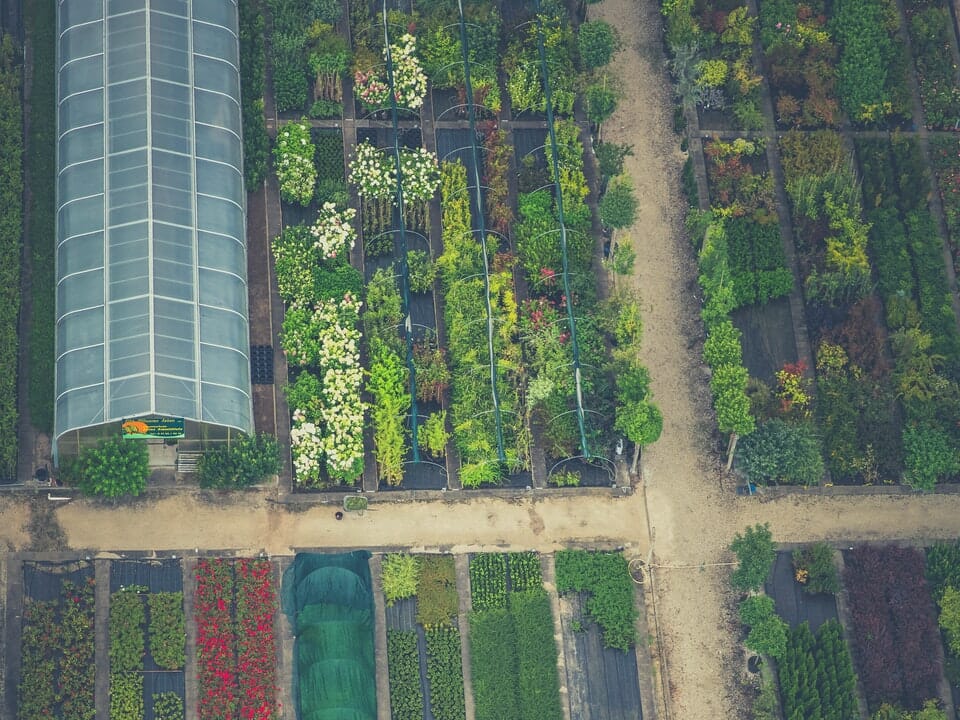
3. Available space
Another simple yet important factor to think about is the amount of space available for a greenhouse. First, determine how much open space there is for a greenhouse. Then, ask yourself: how much space are you willing to dedicate towards a greenhouse?
If you don’t have enough space in your yard or garden, maybe you have some room against the side of your house. If that’s the case, a lean-to greenhouse might be perfect for you.
If you have some empty land and are willing to go big, or even if you just have a small plot available, you should definitely consider getting a freestanding greenhouse. This is especially because many people regret not going a size up when they have a chance. A greenhouse is a long-term investment, and you may realize after a few months that you want more growing space than you initially accounted for!
4. Gardening needs (plants you want to grow)
Believe it or not, what plants you want to grow and plan on growing in your greenhouse can drastically affect the choice you make when picking a greenhouse.
Will you use the space as: a potting shed? A seed germination area? Or a year-long growing space for tropical plants, sprouts, microgreens, or traditional garden crops?
Finding the right balance to suit your needs is important, so make note of your gardening needs as well as what kinds of plants you plan on growing in the greenhouse. A greenhouse can help you grow plants that you might not be able to grow otherwise; like citrus trees in Minnesota, for example!

5. Aesthetic preferences
Aesthetics is arguably the least important factor in terms of greenhouse structure, but it is undoubtedly a significant factor in the choice you’ll ultimately make. How much do you care about the look of a greenhouse? What does an ideal greenhouse look like to you?
For a fashionable choice, you can get a greenhouse with beautiful glass windows that will look incredibly stunning in your home garden. If your garden aesthetics tend more towards the “functional”, you can consider installing a traditional greenhouse structure or even a hoop house.
For those of you with particular aesthetic preferences, you should also consider the shape of the greenhouse. Some greenhouses are square, rectangular, hexagonal, geodesic, or even triangular. Ultimately, you know what you like best, so go with your gut.
The main types of greenhouses for sale
Alright—take a deep breath. Do you think you have a better sense of what greenhouse is right for you? If so, let’s get into the types of greenhouses available to you, so that you can pick the best one and keep your gardening journey moving forward.
First, there are two main types of greenhouses: attached and freestanding. Attached greenhouses can be either permanently – like a winter garden or sunroom – or (in most cases) semi-permanently attached to another structure such as a house.
Attached or lean-to greenhouses
A lean-to is a popular attached-style greenhouse that is often used by hobby gardeners with limited space. They are placed right against the exterior wall of an existing structure such as a house, shed, barn, or even another greenhouse.
Although the growing space and standing room in a lean-to is minimal, it can be a great option for the home gardener looking to expand their range without spending much money or sacrificing much space.

Freestanding greenhouses
The traditional greenhouse as most of us recognize it is a freestanding structure that often mimics the shape of a regular house: four walls with a pitched roof. However, greenhouses have come a long way and there are now many more kinds of freestanding greenhouses available with different shapes, sizes, and roof styles!
1. Conventional greenhouse
A conventional greenhouse is shaped like a traditional house but with different materials, of course. Being the most commonly picked structure, this greenhouse style can vary in size, covering and framing material, and, obviously, quality, too. The conventional greenhouse tends to have a metal frame (but can be wood, too), rectangular shape, and a pitched roof.
You can get a more budget-friendly unit that will do great for propagating seeds and growing young plants until they can be transplanted into outdoor garden beds. Or you can spend more money to have a winter garden that can provide produce through the cold season.
This is the ideal choice if you don’t have severe weather in your area and like the traditional house shape.
2. Hoop house or grow tunnel
A hoop house or grow tunnel is one of the simplest greenhouse designs available. This style is often used in commercial agriculture because it is inexpensive to set up and cover a large amount of space, often running as long as 100ft! However, even the hobby gardener can install a simple hoop house at home using stakes, PVC tubing, and polyethylene covering. If you’re interested in building your own hoop house, watch this video!
3. Geodesic dome greenhouse
Are you looking for a beautiful and fun design? This one will remind you of these glamping bubble tents. A geodesic dome is not only functional and sturdy against strong winds, but fun to look at! It is designed to fit in a small space and can be used for any number of purposes including to germinate seeds and nurture tender and young plants.
Because of the unique shape, geodesic dome greenhouses boast excellent lighting conditions and heat retention. However, one disadvantage to consider is that it is not designed to fit shelves like a conventional greenhouse. It’s best combined with raised beds or low benches.

4. Gothic arch or onion-shaped greenhouse
Let’s talk about another highly practical shape that is very similar to a tunnel: the gothic arch or onion-shaped greenhouse! This style is a perfect alternative to the traditional hobby greenhouse, and its arched roof is great for climates that receive heavy snowfall or suffer heavy winds.
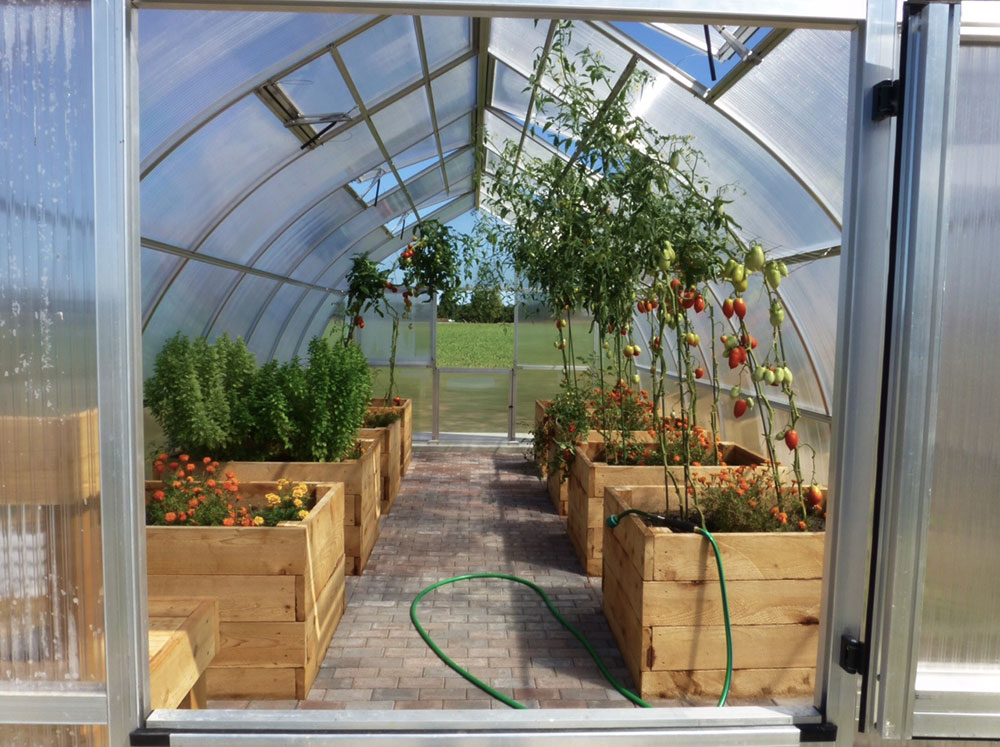
The only down-side is that greenhouses with this shape aren’t a particular eyesight for most people
5. Conservatory
The final freestanding greenhouse on our list today is the conservatory. A conservatory is sort of a mix between a greenhouse and a gazebo. It’s great for the hobby gardener who loves to spend time in the garden for tea-time, to read, or just to relax and enjoy. It’s very Victorian-era-esque, making it perfect for the fancy gardener in you.
Choosing the best greenhouse for you in 5 easy steps
Okay, so you’ve learned a bit more about the different kinds of greenhouses, from conventional house-shaped greenhouses to futuristic geodesic domes. Now it’s time to put it all together so you can go and pick the best greenhouse to suit your needs.
To recap, let’s review the steps you should take when deciding which greenhouse is best for you:
- Find out what your local climate is like. Check online databases for weather patterns and average temperatures at different times of the year.
- Determine your budget. What is the maximum you are willing to spend? Keep in mind you might want to add special features or accessories, too.
- Look for a spot to place your greenhouse, and measure out how much space is available.
- Think about the kinds of plants you want to grow in a greenhouse, and why. Are you looking to grow plants you otherwise can’t grow in your climate? Do you want to extend the growing season? How much space will you need?
- Imagine your dream greenhouse. Now take a look at your garden. What aesthetic do you think will fit best?
If you can take these five easy steps and answer the important questions, congratulations! Because there are so many different kinds, styles, and sizes of greenhouses out there, it’s important to narrow down the elements that are important to you and your growing needs.

